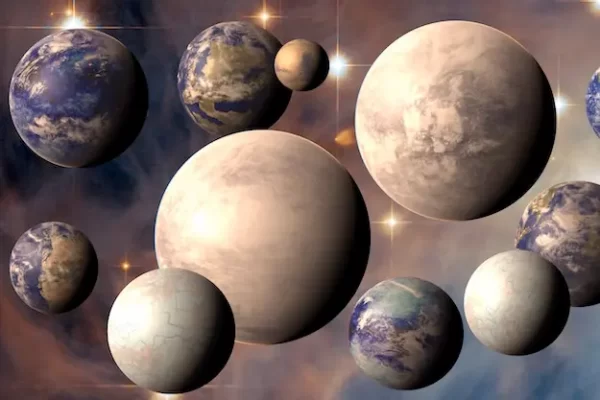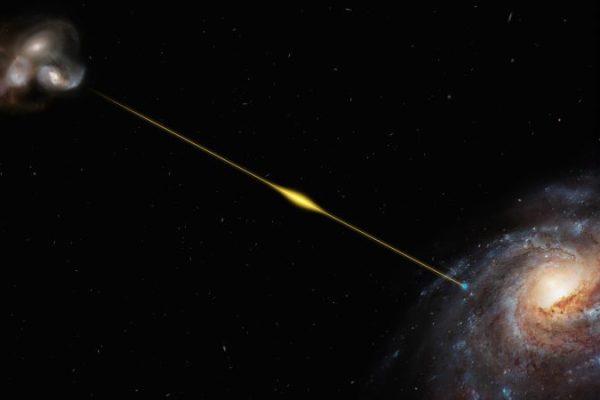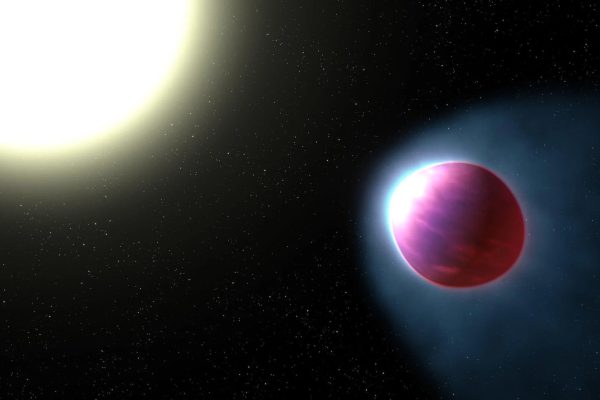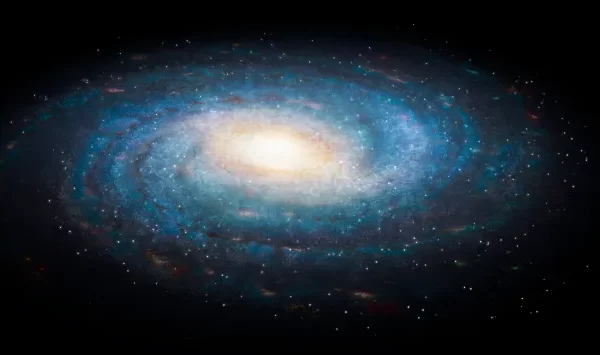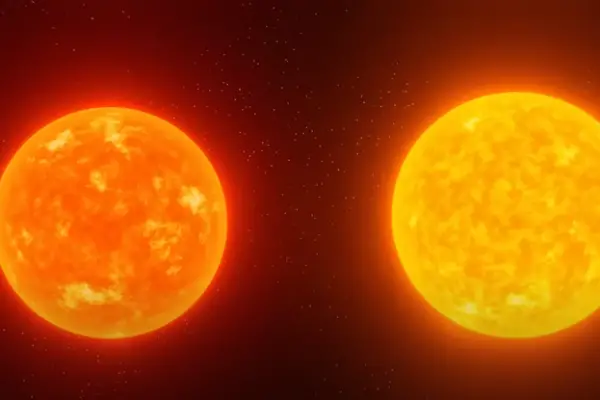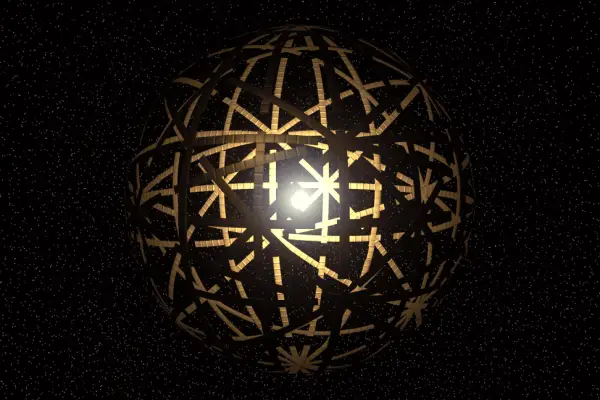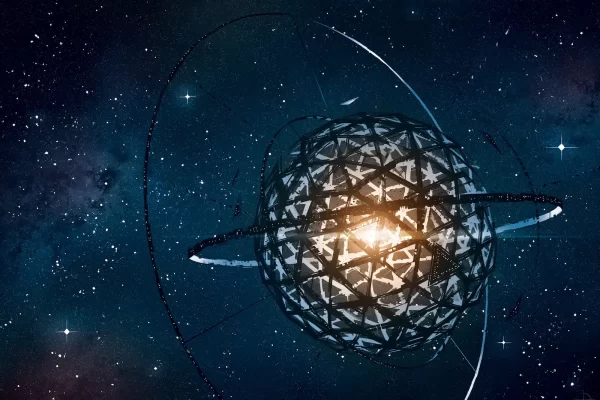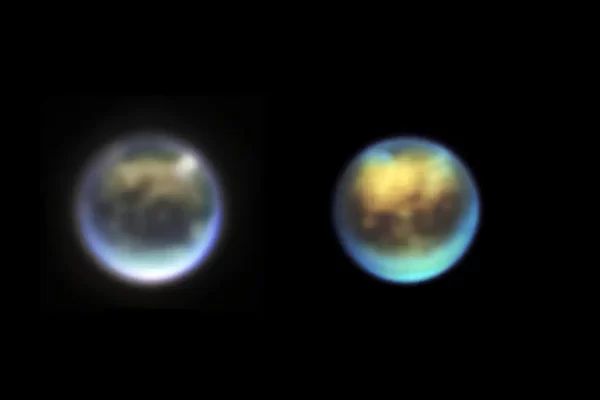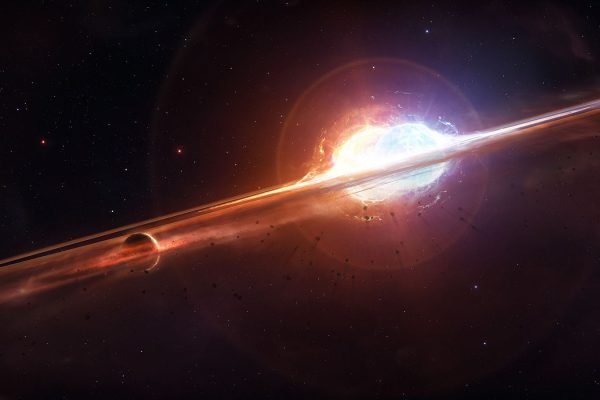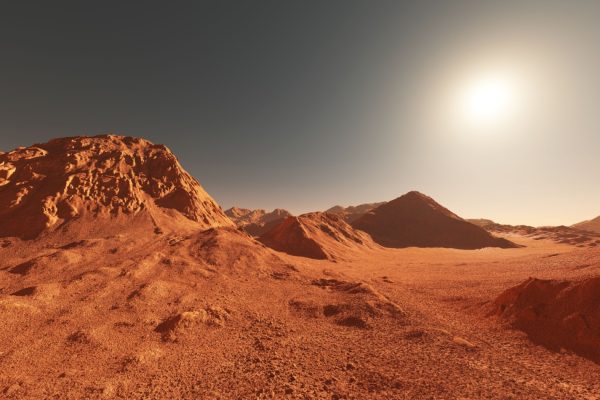
Mars May Hold More Organic Matter Than We Ever Expected
Mars’ ancient lakebed holds carbon clues, hinting at unexpected organic processes in its past. Key Takeaways: NASA’s Curiosity rover found organic matter on Mars with unusual carbon isotope ratios, challenging past assumptions. The discovery suggests Mars’ surface may contain more organic material than scientists previously believed. Laboratory experiments indicate that non-biological atmospheric processes likely created…
